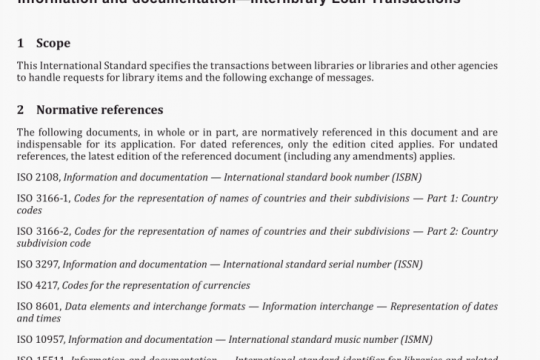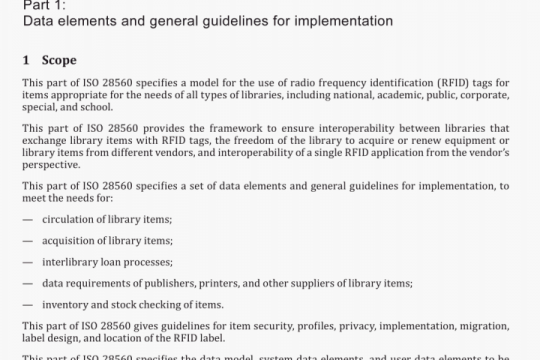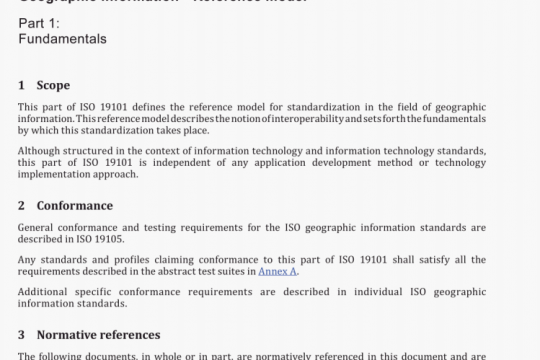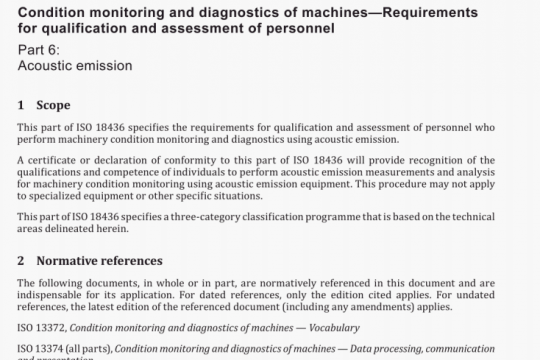BS ISO 699:2015 pdf free
BS ISO 699:2015 pdf free.Pulps一Determination of alkali resistance
If the pulp is in slush form, remove the water by suction taking precautions to avoid the loss of fine fibres, press between blotters, and dry at a maximum temperature of 60 °C.
If the pulp is in the form of wet sheets or rolls, dry the sample at a maximum temperature of 60 °C.Tear the sample into pieces of size approximately 5 mm × 5 mm. If the pulp is difficult to defibre, split the sample by means of tweezers (see Note 1).
Check that the pulp contains not more than 0,1 % ash (see Note 2). Before weighing, condition, the sample for not less than 20 min in the atmosphere near the balance.
NOTE 1 Dry disintegration, for example with a Wiley-mill, or wet disintegration, for example with a high-speed stirrer, are not permitted.
NOTE 2 If the pulp to be tested contains more than 0,1 % ash, determine the ash content of the alkali-insoluble fraction. Calculate the R-value on the basis of the ash-free pulp and the ash-free insoluble fraction.Thoroughly defibre the pulp by stirring and macerating with the stirring rod (6.2) for at least 3 min,macerating at a rate of two strokes per second. Add another 25 ml of the sodium hydroxide solution at 20 °C, stir until the suspension is uniform, and dilute by adding 100 ml of the sodium hydroxide solution at 20 °C. Cover the beaker with a watch-glass and leave in the constant temperature bath.
60 minutes after the first addition of the sodium hydroxide solution, stir the fibre suspension again and transfer it to the filtering device (6.3) fitted on a dry suction flask, adjusted to a temperature of (20±0,2) °C in the constant temperature bath.
Apply suction only as long as the fibre mat is still covered with liquid in order that no air is sucked through the mat. Use the filtrate for rinsing the beaker and filter again through the slightly pressed fibre mat in order to collect all fibres. Finally, apply full suction briefly. The time for filtering and washing shall not exceed 20 min.
Compact the fibre mat, especially at the edges, cover with the acetic acid (5.2) and allow 200 ml to pass through slowly without suction. Drain completely and wash with hot water until the filtrate is free from acid.
Cover the filtering device with the hand during the last washing in order that a vacuum is formed above the fibre mat. Then quickly release the vacuum in the suction flask in order to lift the fibre mat. Transfer the fibre mat together with any remaining fibres adhering to the filtering device by means of stainless steel tweezers to the weighing bottle (6.4).BS ISO 699 pdf free.




